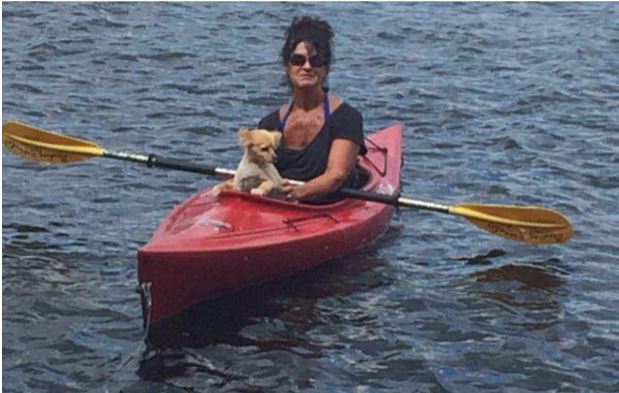Role models were the topic of a two radio interviews I heard recently.
Teresa Marie Mailhot, New York Times best selling author, made a strong case against having role models.
A recovering drug addict said they were key to his recovery.
My conclusion? Role models are helpful, but read the warning label.

Role models – the good
Ed sustained a serious and painful leg injury in high school. His doctor prescribed opioids. The pain didn’t go away, so the refills began. In college, Ed was buying opioids illegally. Eventually he turned to heroine because it was cheaper.
Ed stopped using several times. In retrospect he realizes these were simply breaks. He didn’t think quitting was possible. More recently, and after his mother’s intervention, Ed took a different route.
He spent months reading online stories of addicts who’d quit. It took hundreds of posts before these virtual role models changed Ed’s mind about what was possible for him. One day Ed listened to his mother go on and on, in boring detail, about the great deal she and her boyfriend got on a dehumidifier. At that moment, he realized, “That’s the kind of life I want. I want a normal boring experience of shopping with my girlfriend and being excited about what we bought.”
Six months into sobriety Ed had that normal life experience. He and his girlfriend were shopping for a shower curtain. It took time to find one they both liked. Afterwards, Ed rushed home to hang it and realized he was enjoying the mundane details of a normal life. He was proud the he paid for the curtain with his own money, money he earned from working a real job.
Role models made a normal life seem possible for Ed. Once he believed this, he was willing to do the hard work. Ed’s been sober 11 months, the longest period since he began abusing drugs. He starts graduate school in the fall.
Role Models – The bad and the ugly
Terese Marie Mailhot’s memoir, Heart Berries, became a New York Times bestseller shortly after Emma Watson posted a selfie with the book on Instagram. Press coverage zoomed.
One interviewer asked Terese Marie if she felt like a role model for Indigenous women.
“I’ve reached a semblance of success people might want, but it doesn’t mean I should be looked up to.
When I see someone labeled as a role model, they somehow appear less human to me, because who could live up to the expectations or scrutiny? Invented by a sociologist in the 50’s, the term role model feels antiquated.”
It’s a slogan made for cereal boxes and self-help gurus who are selling success. Up close the guru cheats on his wife, or worse. The athlete will disappoint, so will the leaders, the actors and the singers.
“A woman wrote that my book was a manifesto for Native American girls. Indigenous people aren’t a monolith and my text could limit the way we’re seen if it’s lauded as representative. We should have original objectives, that reach beyond comparison.”
I’m the first where I’m from to do what I’ve done, and not having models to emulate gave me room to be.
Role Models – The Warning Label
Role models can inspire us to pursue a vision that was out of view until “someone like me” achieved something like that.
Role models have shadows, just like the rest of us. Read and heed the warning label.
- Don’t imitate
- Don’t limit yourself by what your role models achieve
- Live by your own values
- All human beings, including your role model, have shadows
- Role models will fall off the pedestal you put them on
- It’s a long way down…for both of you.
- Skip the pedestal
- Role models will fall off the pedestal you put them on


